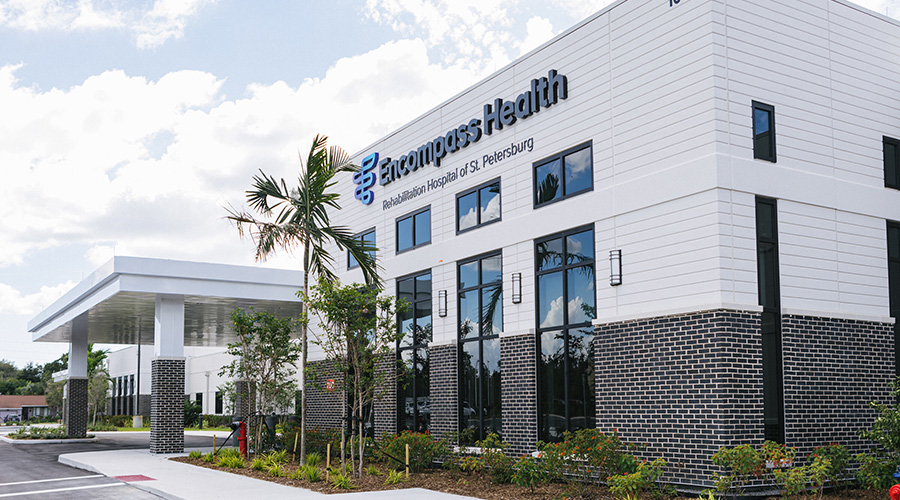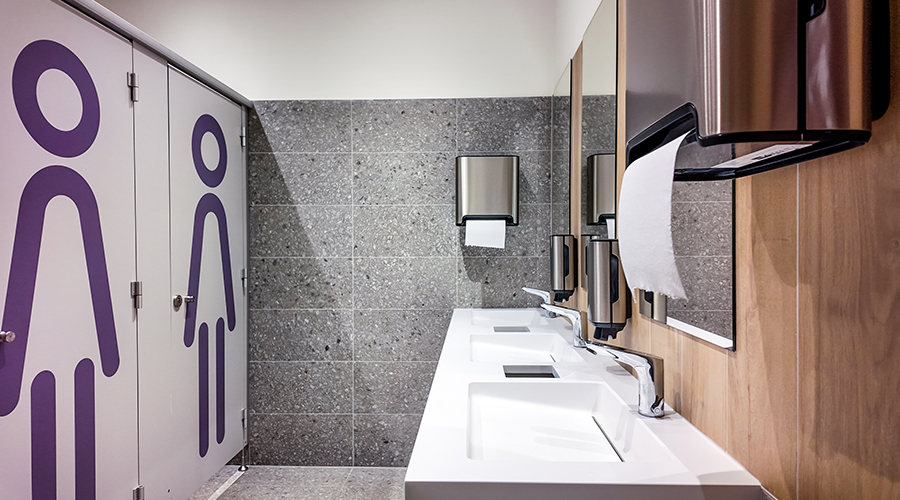A “Keep the Coat” awareness campaign has recently been launched to draw attention to the role healthcare worker attire can play in transmitting pathogens, according to a news release.
A growing body of scientific evidence shows that traditional healthcare worker attire, such as a lab coat or scrubs, can carry and potentially spread harmful contaminants. Additional studies show healthcare workers experience high rates of exposure, colonization and infection.
New guidance on healthcare personnel attire was recently issued by the Society for Healthcare Epidemiology of America (SHEA). It called for care providers to hang up their lab coats when seeing patients and use a “bare below the elbows” approach to reduce the chance transmitting pathogens.
However, according to a clinical study published in the journal of Infection Control and Hospital Epidemiology, a breathable antibacterial barrier fabric has been shown to reduce methicillin-resistant Staphylococcus aureus (MRSA) on the fabric by 99.99 percent compared to traditional non-protective uniforms.
The results indicate new textile technologies can prevent or reduce contamination, providing protection without changing any caregiving practices, according to the study.
The “Keep the Coat” campaign, by Vestagen Technical Textiles, suggests that, with new technological advancements, what care providers wear can actually become a line of defense for them instead of a transmitter of germs, the release said.
“White coats are a deeply-rooted part of a physician’s professional identity, one that helps establish patient trust and confidence. It is also meant to function as a barrier to the unpleasant and harmful contaminants providers encounter every day,” said Uncas “Ben” B. Favret III, president and CEO of Vestagen, in the release.
“We want healthcare leaders and care providers to understand the answer to this issue isn’t to take the coat away. The unintended consequence of removing the white coat is that contaminants would then have direct access to the provider’s street clothes, which can be carried throughout the facility and even home. With today’s textile advances, we believe there’s no need to ditch the white coat, we just need to improve it.”
“Contamination of healthcare worker attire by splashes or splatters of blood or body fluids is an important issue deserving national attention. Effective measures are needed to prevent occupational infection and disease mediated by contaminated attire,” said Janine Jagger, MPH, PhD, founder of the International Healthcare Worker Safety Center at the University of Virginia.

 A 'Superbug' Is on the Rise in Hospitals
A 'Superbug' Is on the Rise in Hospitals The Next Generation of Security Tech in Healthcare Facilities
The Next Generation of Security Tech in Healthcare Facilities Encompass Health Rehabilitation Hospital of St. Petersburg Opens
Encompass Health Rehabilitation Hospital of St. Petersburg Opens Why More Facilities are Adding Gender Neutral Restrooms
Why More Facilities are Adding Gender Neutral Restrooms Massachusetts Hospital Cyberattack Reflects Growing Vulnerability in Healthcare Systems
Massachusetts Hospital Cyberattack Reflects Growing Vulnerability in Healthcare Systems